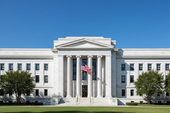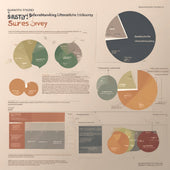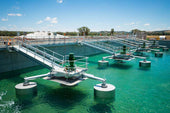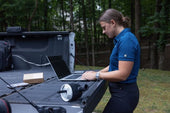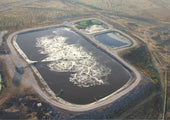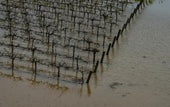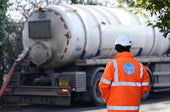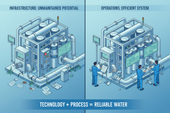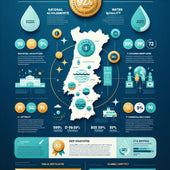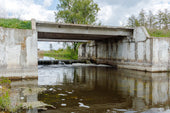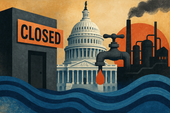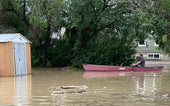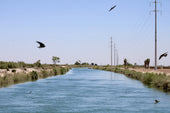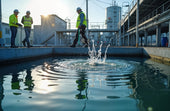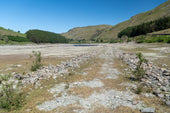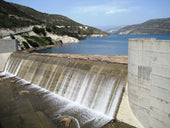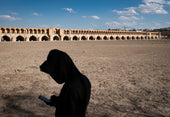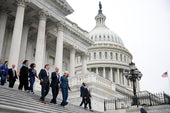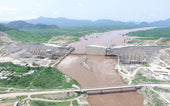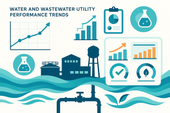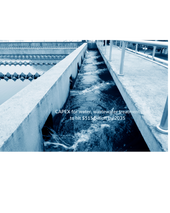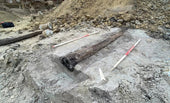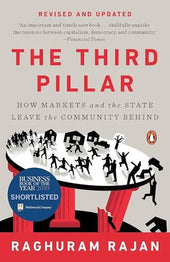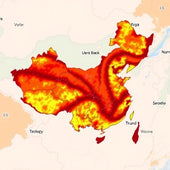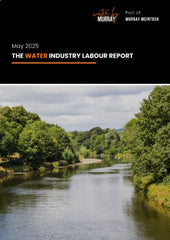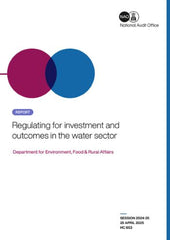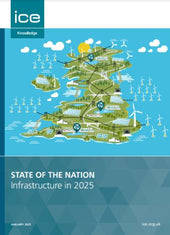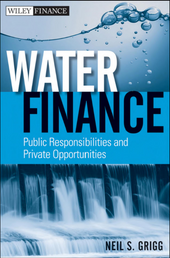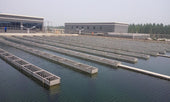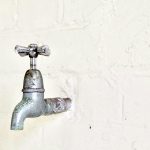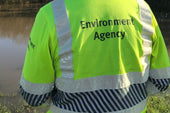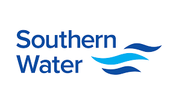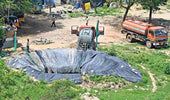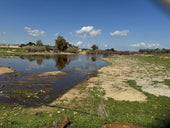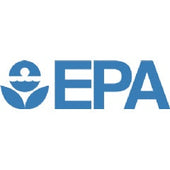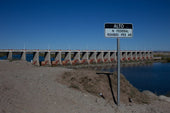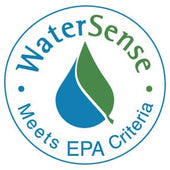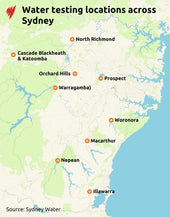
Rate Setting in Unsettled Times

Best Practices for Project Funding
By Erik Johnson & Brandon Vatter
Water and wastewater utilities are tasked with balancing multiple goals and objectives that require significant funding and at times can conflict with each other. Additionally, securing financial support, both at the local and federal levels, has become challenging to obtain and more difficult to manage.
As utilities face dynamic trials internally and externally, it has become even more important to consider the steps a utility can take to mitigate challenges related to aging infrastructure, regulatory instability, unfunded mandates, and tightening water quality standards, all while providing affordable service.
While every utility has a unique set of traits, some universal best practices should be considered when exploring options for maintaining and expanding infrastructure critical to providing reliable service. Consider the following.
1. Now is the second-best time.
The best time to implement everything needed to maintain and improve operations and service delivery was decades ago. Labor was cheaper. Materials were cheaper. Lobbyists were cheaper. Acknowledging that we missed the best moment is an important first step to doing things at the second-best time: now. When plotting a course forward, utilities must have a grasp on the current state of their assets, including understanding the condition and business risk exposure (BRE) of the assets. BRE is determined from the likelihood of failure and the consequence of failure of each asset. Utilities need to catalog and inventory their system assets, as well as their current and projected future customer demands and needed capacities, to ensure they know what is needed to continue to provide safe, reliable water and sewer services. As the system assets catalog and business risk exposure are developed, a risk mitigation-based funding plan for maintaining, replacing, and expanding assets can be established. The funding plan should include a prioritized approach for annually reducing system risk of existing assets, balanced with new infrastructure to address regulatory and growth requirements within a reasonable planning horizon.
2. Awareness buys time, time buys options.
Knowing what needs to be addressed is the first step to being proactive in financing repairs and replacement (R&R) for system risk reduction. Additionally, proactive asset planning provides a better opportunity to understand the timetables with material and asset availability during questionable supply chain conditions. This also gives time for financial planning to consider multiple sources for capital project funding. Funding can take the form of increases in existing rates and charges, implementation of new charges, or securing funding from external sources, i.e., debt, state revolving fund (SRF) loans, WIFIA, and grant funding. The more time that is available to plan provides a utility with time to explore additional available options. The sooner a utility understands the current state of their assets, including understanding the BRE and future associated financial needs, the sooner it can start the process associated with securing that funding. For example, a short notice for a multimillion-dollar capital program will result in at least one of three outcomes: A) a significant increase in rates and charges; B) limited debt funding options due to a lack of time to complete the application process; C) delayed projects due to the inability to secure funding and possibly running afoul of regulatory agencies.
If a proactive capital program is established with forward-looking plans, assets can be renewed or replaced more cost-effectively versus running to failure and the financial planning can more easily evaluate a combination of debt and cash funding that reduces the impact on customers, softening affordability concerns. This timing also allows the utility to begin procuring the necessary materials, assets, and contractors to support these projects so critical projects are not delayed. Remember, anything that can be done to reliably reduce the implementation time for capital projects reduces system risk and exposure to quality and regulatory concerns. That’s always a good thing.
When plotting a course forward, utilities must have a grasp on the current state of their assets, including understanding the condition and business risk exposure (BRE) of the assets.
3. Broaden your search.
Utilities tend to use a given type of funding repeatedly. Some utilities look to rates when something needs to be funded, while others prefer bond issuance or SRF loans. This makes sense as the application and administrative processes are known and understood. However, there are often funding sources that could be a great fit but are not considered for various reasons. A robust financial plan, including a deeper dive into available loan and grant funding sources, beyond just projecting future financial needs, will help utilities understand the costs and benefits of different financing options.
While each utility has unique opportunities and challenges, implementing these universal best practices will help to balance competing goals and objectives. And striking this balance is even more important during unsettled times.
Erik Johnson is a manager at Raftelis. He has more than 15 years of experience in financial and rate consulting for water and wastewater utilities. His experience includes developing financial models to support operational objectives and capital programs while maintaining equitable and affordable rates for customers.
Brandon Vatter, P.E., is a capital program and asset management advisor at Raftelis. Vatter has more than 28 years of experience working with multiple public and private clients on the regulatory, consulting, water, wastewater and stormwater utility sides to deliver capital, operations, and asset management programs on-time, at or under budget, and in compliance.
The post Rate Setting in Unsettled Times appeared first on Water Finance & Management.

